The Perazzi SCO Extra Sideplate 20 Gauge: Galeazzi’s Goddess of the Hunt…
In the rarefied world of bespoke sporting arms, few names command the reverence of Perazzi. And within Perazzi’s elite stable, the SCO Extra Sideplate model occupies a position of near-mythic status—a gun where Olympic-level performance meets gallery-worthy artistry. The example before us, a 20-gauge over/under engraved by Angelo Galeazzi, is a singular fusion of heritage, precision, and visual splendor.
This is no mere field gun. This is functional art—a modern Italian masterpiece that celebrates the hunt not only through its mechanics, but through the classical stories it tells across every steel surface.
The Goddess of the Hunt: Galeazzi’s Engraved Vision
The right sideplate depicts a classical scene of two nude female figures in a serene woodland setting—likely Diana and a companion, or a mythological nymph tableau. One figure reclines upon a stone while the other kneels near the edge of a stream. At the periphery, one hound stands alert while the other lowers its head to drink, anchoring the composition in the traditions of the hunt and evoking the goddess’s loyal companions. Below the reclining figure, tucked into the folds of her garment, lie a freshly killed hare and two game birds—delicately engraved but unmistakably rendered, completing the cycle of hunt, offering, and repose. A bundled quiver of arrows rests near the dogs, further emphasizing Diana’s identity and the quiet aftermath of the chase. Galeazzi’s engraving style here is delicate and measured, executed in traditional line-engraving where each form is shaped by flowing contour cuts and soft hatching. The background is subtly worked, with directional strokes suggesting foliage and water rather than relying on dense shading. Surrounding the scene is a fine floral scroll border, deeply Italian in style and gently cut to a shallow depth for contrast. At the lower right of the central image, Galeazzi’s signature is plainly inscribed, confirming the master’s hand in this work.
The left sideplate of the sidelock continues the mythological theme with a more elaborate tableau—one that suggests a ceremonial gathering of Diana’s nymphs. Here, six female figures are arranged in dynamic yet harmonious poses beside a rocky stream. One figure reclines near the water’s edge, while others stand, sit, or engage one another in a ritual of presence and poise. A bow rests against the rocks, with a bundled quiver of arrows tucked neatly beside it. Nearby, a single hound watches attentively—its placement and posture suggesting readiness and loyalty. In the distance, one figure shades her eyes as if scanning the horizon, while the central figure gestures with an extended arm, drawing the viewer’s eye into the scene. Behind them, a gently rendered landscape of hills and vegetation unfolds, offering a natural backdrop that enhances the mythological calm. Galeazzi executes all of this with the same masterful restraint: flowing lines, light hatching, and balanced composition. It is not photographic, but interpretive—like a myth retold through steel. Beneath it all, his signature appears in quiet affirmation: Galeazzi, carved just above the scroll border, completing the story with the authority of a master.
Beneath the action, on the underside of the receiver, a solemn and focused figure stands in quiet tribute to the hunt. She is clad in flowing robes, head bowed slightly, and holding a bow across her body. At her side, a loyal hound stands watchful and still, the two framed by a backdrop of delicately engraved trees and soft groundcover. This is almost certainly Diana once again—now not in the thrill of the chase, but in its contemplation. The engraving is executed in fine contour lines, with no photorealism, only grace. Framing the scene is a tightly rendered floral scroll border, matching the language of the sidelocks and trigger guard. It is the gun’s moment of reflection—a still point beneath the action, where the spirit of the hunt is quietly honored.
Steel, Walnut, and the Perazzi Experience
Yet engraving is only half the story. This is, after all, a Perazzi—and every Perazzi, especially an SCO Extra, begins not on an assembly line but in conversation. The process is deeply personal. The owner selects every detail, from barrel length and rib design to the checkering pattern and the wood blank itself. This bespoke approach, known as the “Perazzi Experience,” ensures that no two SCO Extras are ever the same. The Goddess of the Hunt edition is not simply a shotgun—it is a commission, a vision made tangible in steel and walnut.
This example is built as a 20-gauge over/under with 27½-inch monoblock barrels, each fixed at .007" constriction—Improved Cylinder chokes, ideal for quail, grouse, or close skeet work. The barrels are chambered for 2¾-inch shells and topped with a file-cut vent rib, lending quick sight alignment and minimal glare in the field.
Mechanically, the gun features Perazzi’s sideplate boxlock action in coin finish, with hand-detachable sideplates serving as the canvas for engraving. At its heart is the famed drop-out trigger group—modular, crisp, and field-serviceable. This one is a single, non-selective trigger that fires the bottom barrel first, with automatic ejectors and a manual safety with integrated barrel selector. The locking mechanism is likely Perazzi’s low-profile Boss-style bolt, a design chosen for its strength and low recoil axis. Everything about this action is designed for performance—smooth in motion, tight in lockup, and a joy to operate.
Walnut & Weight
The woodwork is just as exquisite. The stock is carved from deeply marbled exhibition-grade walnut, its dark chocolate figure streaked with golden veins that shift as the gun moves in the light. The checkering is hand-cut in a refined point pattern—sharp, clean, and elegant to the touch. The stock is shaped in the classic English straight-hand style, paired with a slender Schnabel forearm and topped with a subtle rubber buttpad for comfort. The oil finish glows with a quiet luster, the kind that can only be achieved through patient hand-rubbing and age.
Dimensions are refined for fast shooting: a length of pull of 14¾ inches, a drop at comb of 1½ inches, and a drop at heel of 2 inches. Slight cast-off gives the shooter a natural point of aim, while the overall geometry keeps the gun flat-shooting and instinctive. Weighing just 6 pounds, 7 ounces, this is a bird gun in the truest sense—light enough to carry all day, yet balanced to the hinge for controlled swings on flushing birds.
In a world awash with 12-gauge sporting guns, the 20-gauge sideplated Perazzi offers a rarer silhouette. Its smaller frame and elegant lines speak to a refined tradition—a preference among connoisseurs who value both handling and exclusivity. The gun feels quick and alert, yet utterly composed.
Art, Performance, and the Market
To own a Galeazzi-engraved SCO Extra is to own both a field-grade firearm and a signed work of art. These guns are as much at home in a walnut-paneled gunroom as in a grouse covert, and it is this duality—this harmony of utility and beauty—that gives them their special place in the collecting world.
Guns like this are not mass-produced. Perazzi’s SCO Extra line is built in limited numbers, and few are engraved by a master of Galeazzi’s stature. Fewer still appear in 20-gauge, and fewer again in such pristine condition. This one appears near-mint, with its coin finish untouched, the engraving unmarred, and the wood glowing with care. Even the internals—the lockwork, ejectors, and hidden surfaces—bear the mark of obsessive craftsmanship.
Unlike many ornate shotguns that dazzle with gold, this example is notable for its restraint—where classical scenes emerge not from excess but from delicately proportioned lines, and the engraver’s voice is one of subtle authority. The entire scene is rendered in shaded steel—no gilding, no enamel, only the pure contrast of light and shadow. It is a collector’s gun for those who value execution over embellishment, where the goddess seems to emerge not from excess, but from purity.
The market has taken note. Comparable Galeazzi-signed Perazzis have sold at auction for between $25,000 and $40,000, depending on configuration and condition. Dealer listings for new SCO Extras in 20-gauge, even without master engraving, routinely exceed $80,000. A similar “Goddess of the Hunt” motif, engraved on a Zoli pair, was offered for nearly $60,000. And with Galeazzi’s passing in 2012, the supply of his works is forever finite. Each one now carries a legacy—etched not just in steel, but in time.
Conclusion
The Perazzi SCO Extra Sideplate 20 Gauge “Goddess of the Hunt” is far more than a shotgun—it is a convergence of mythology, mastercraft, and mechanical excellence. From its postwar roots in Gardone Val Trompia to the burin strokes of Angelo Galeazzi, it represents the apex of what a modern sporting arm can be—a tool of precision, a canvas of beauty, and a reflection of its owner's most personal taste.
In the field, it swings like thought. In the hand, it speaks of Olympus. And in the heart of its owner, it becomes something eternal.
To shoulder this gun is to carry a myth through the heather—to follow Diana’s footsteps with steel in hand, and know that, for a fleeting moment, the hunt has become high art. It is to hold not just a shotgun, but a signed testament to Angelo Galeazzi’s vision—a legacy etched line by line into living steel.





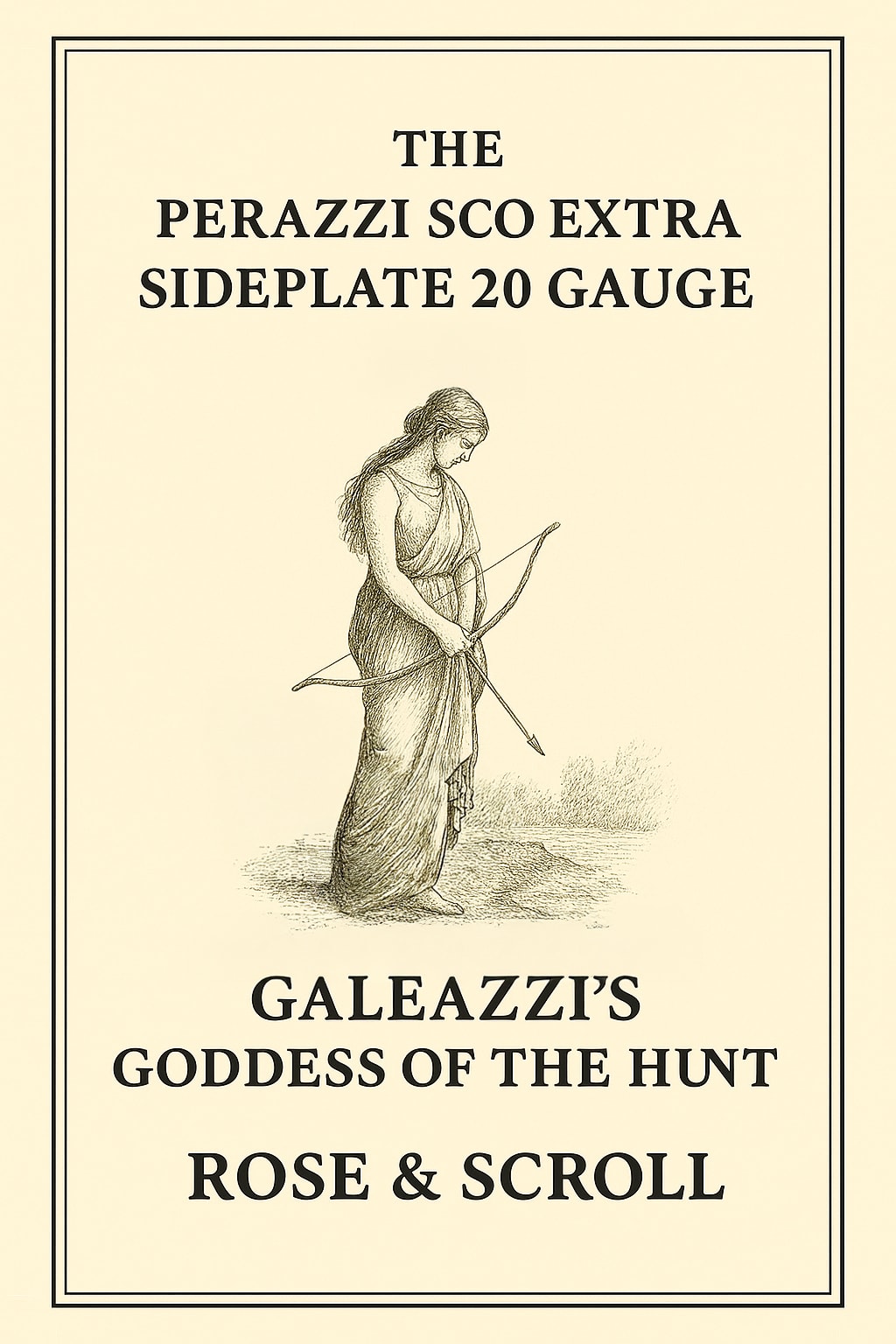






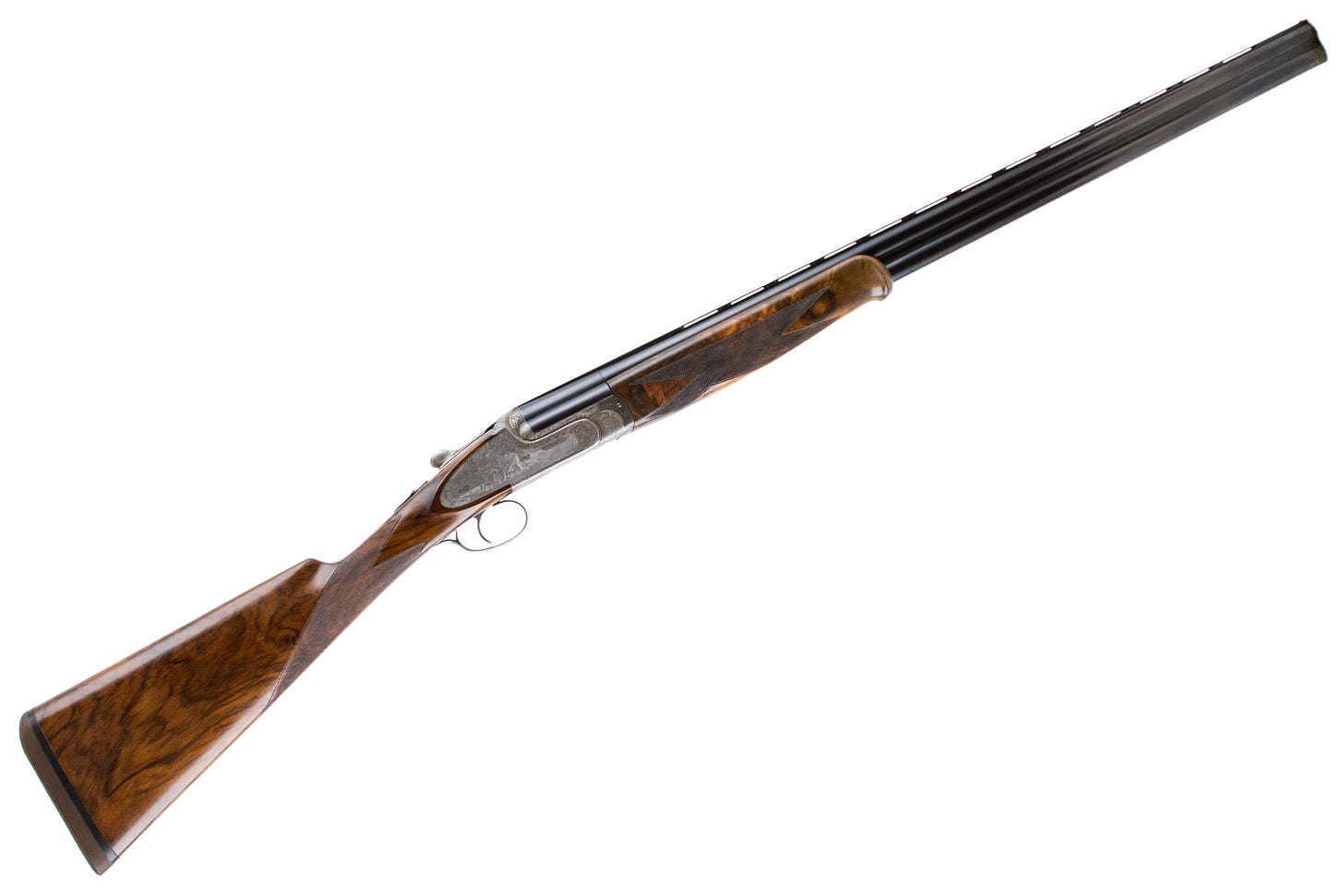
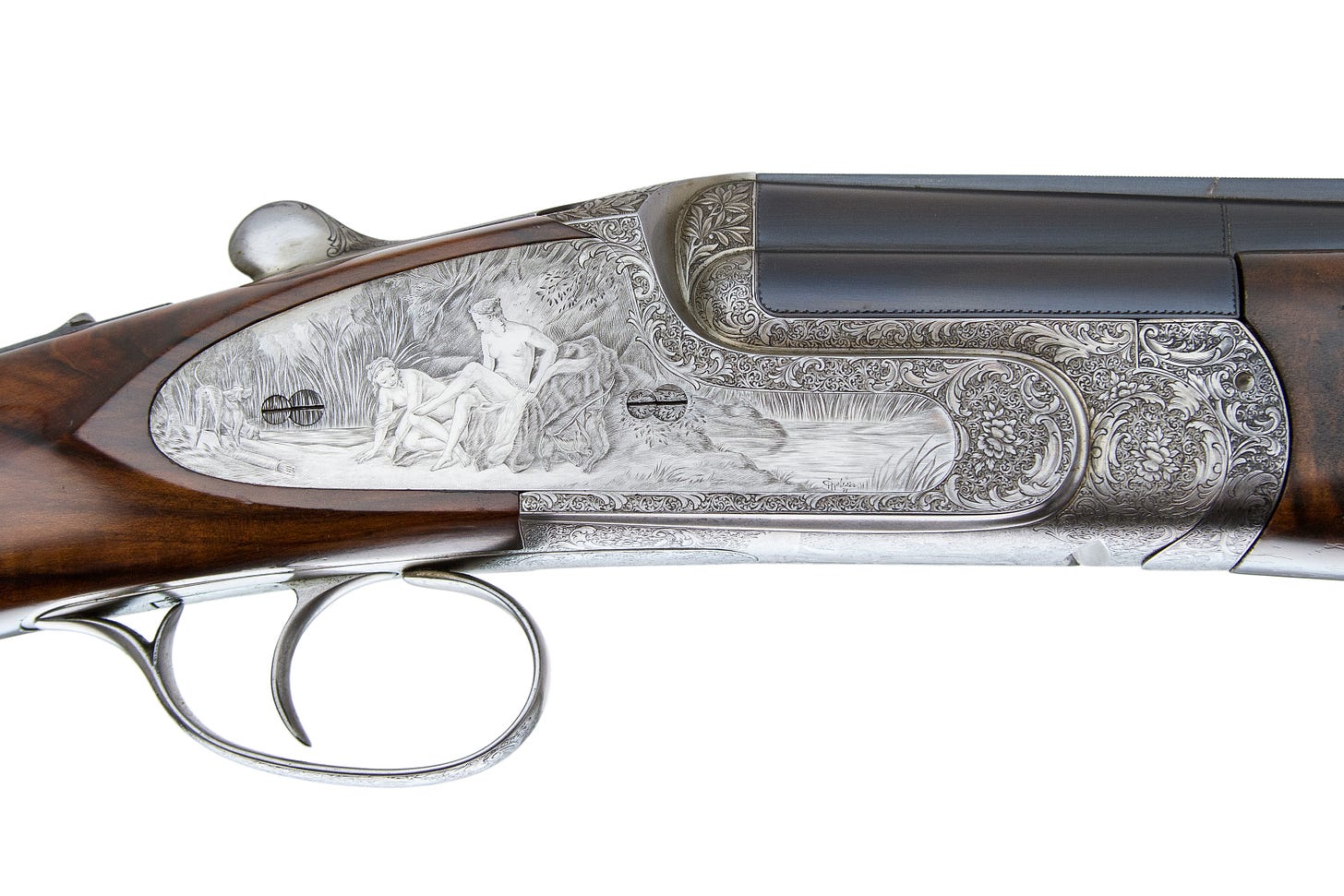
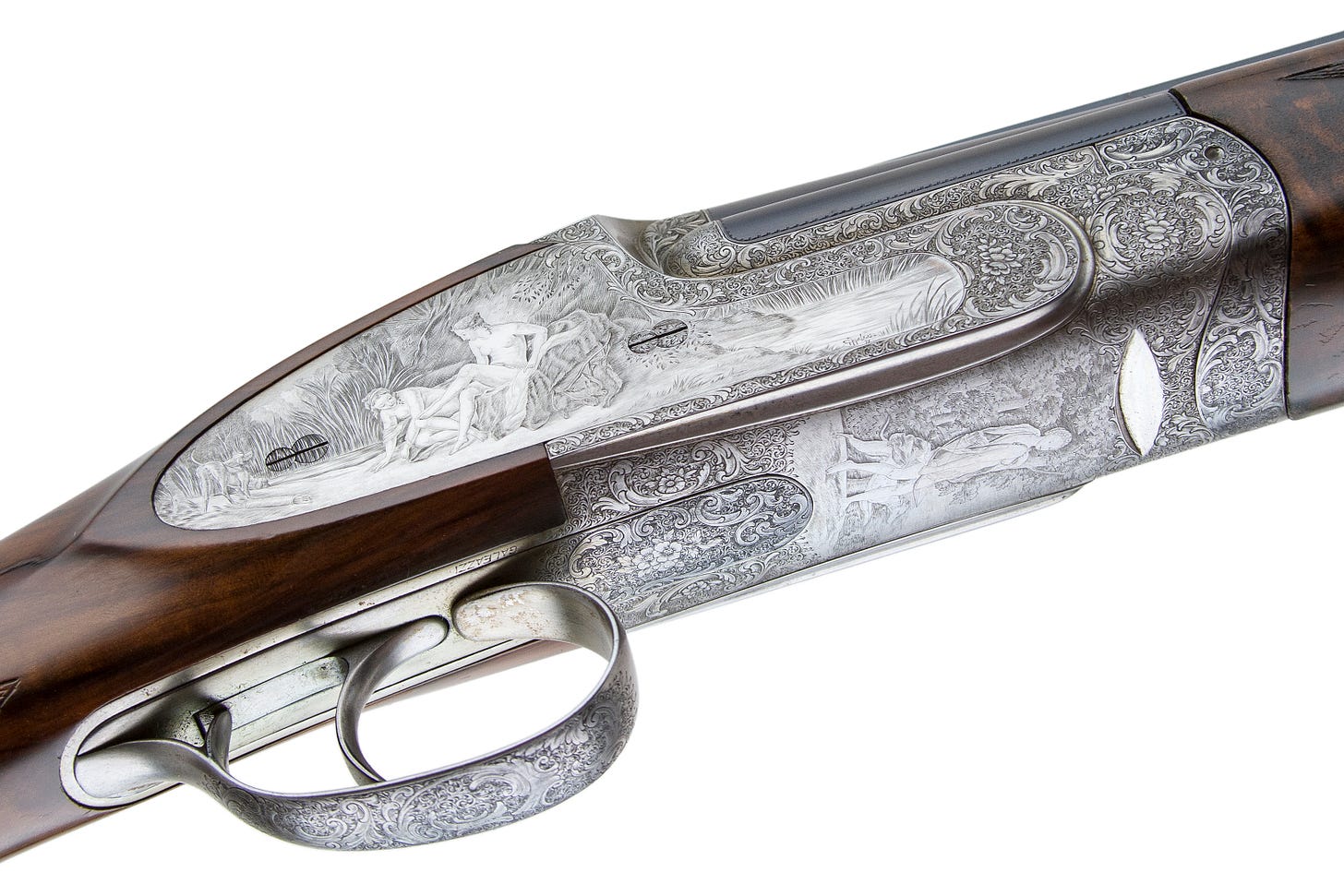
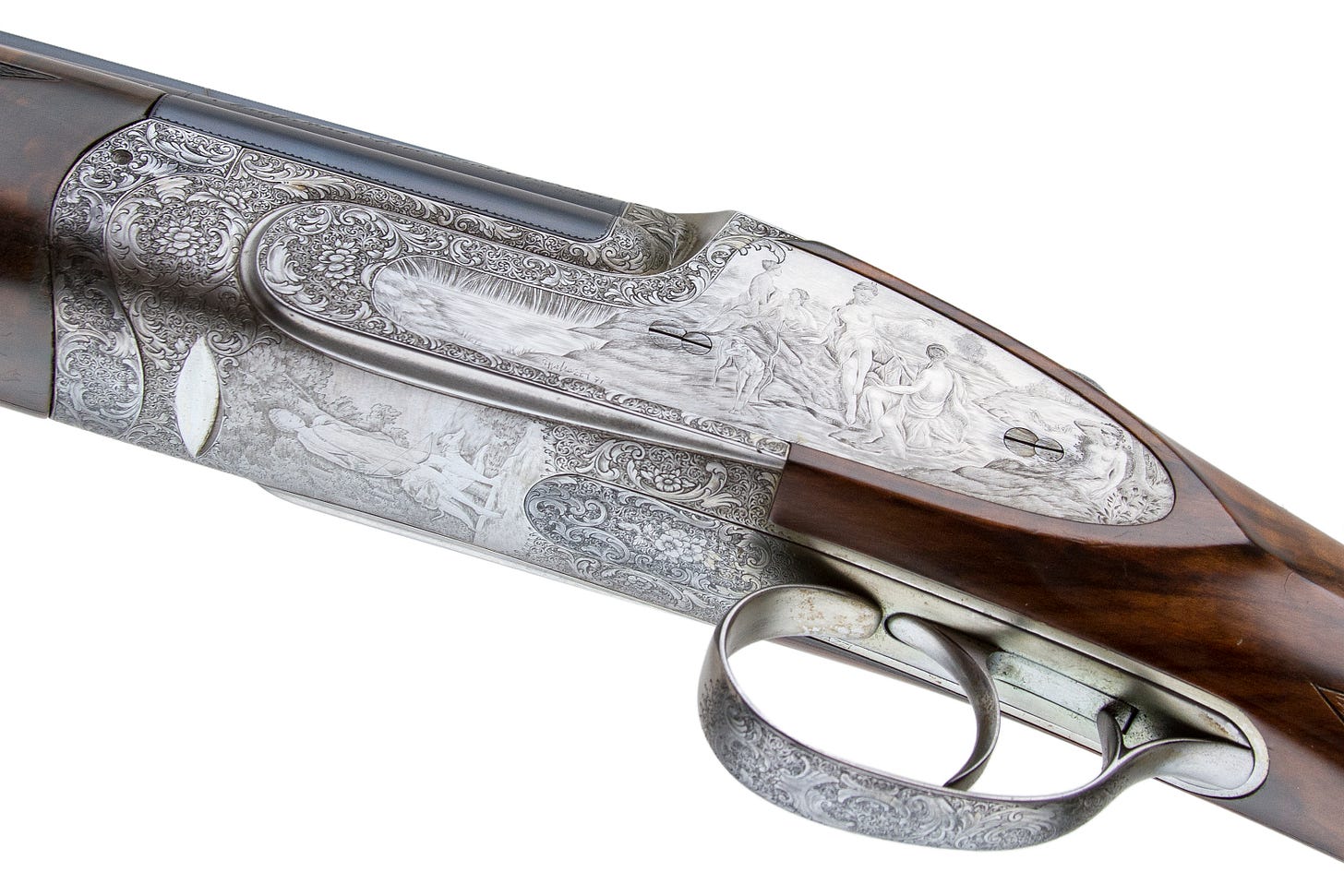
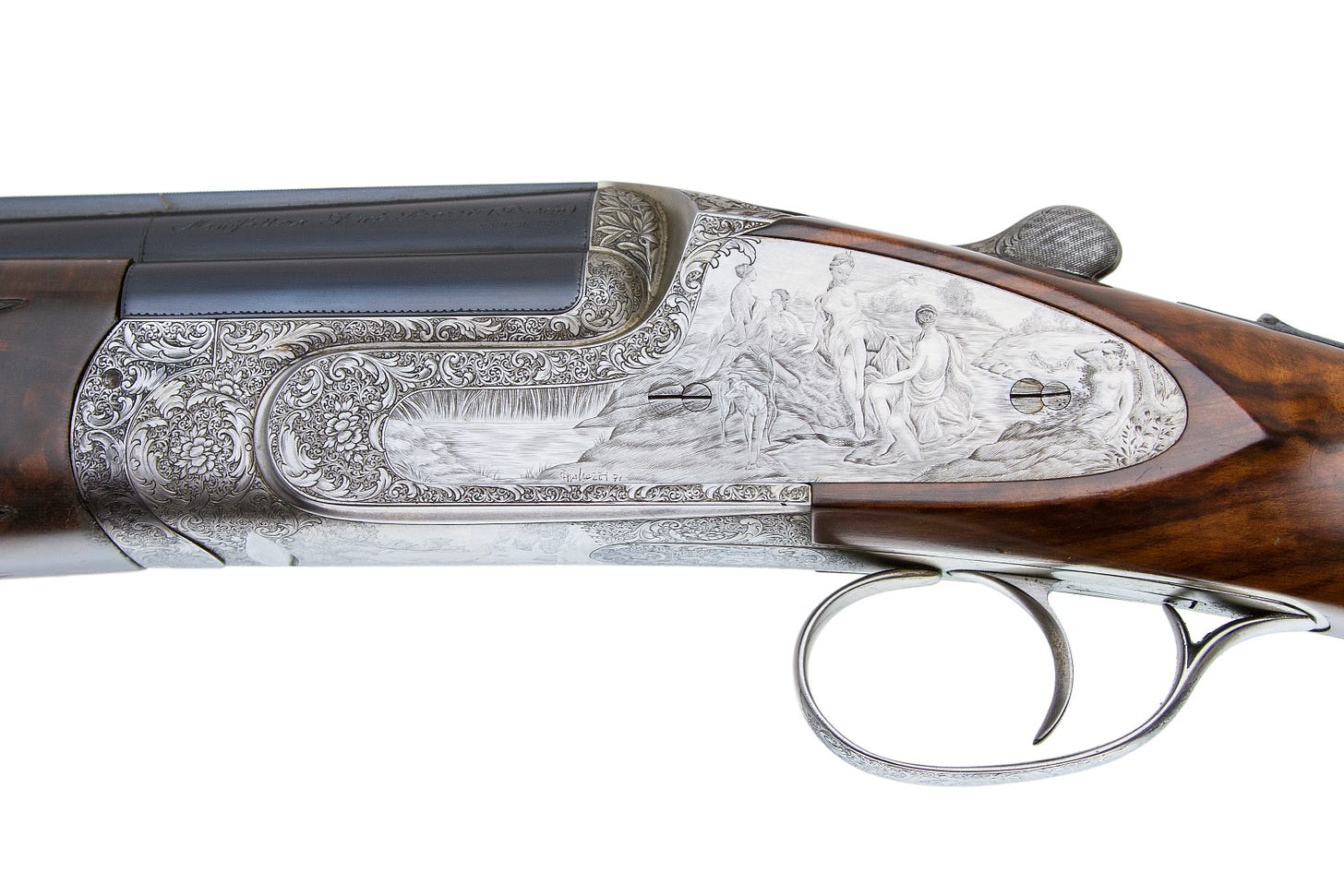
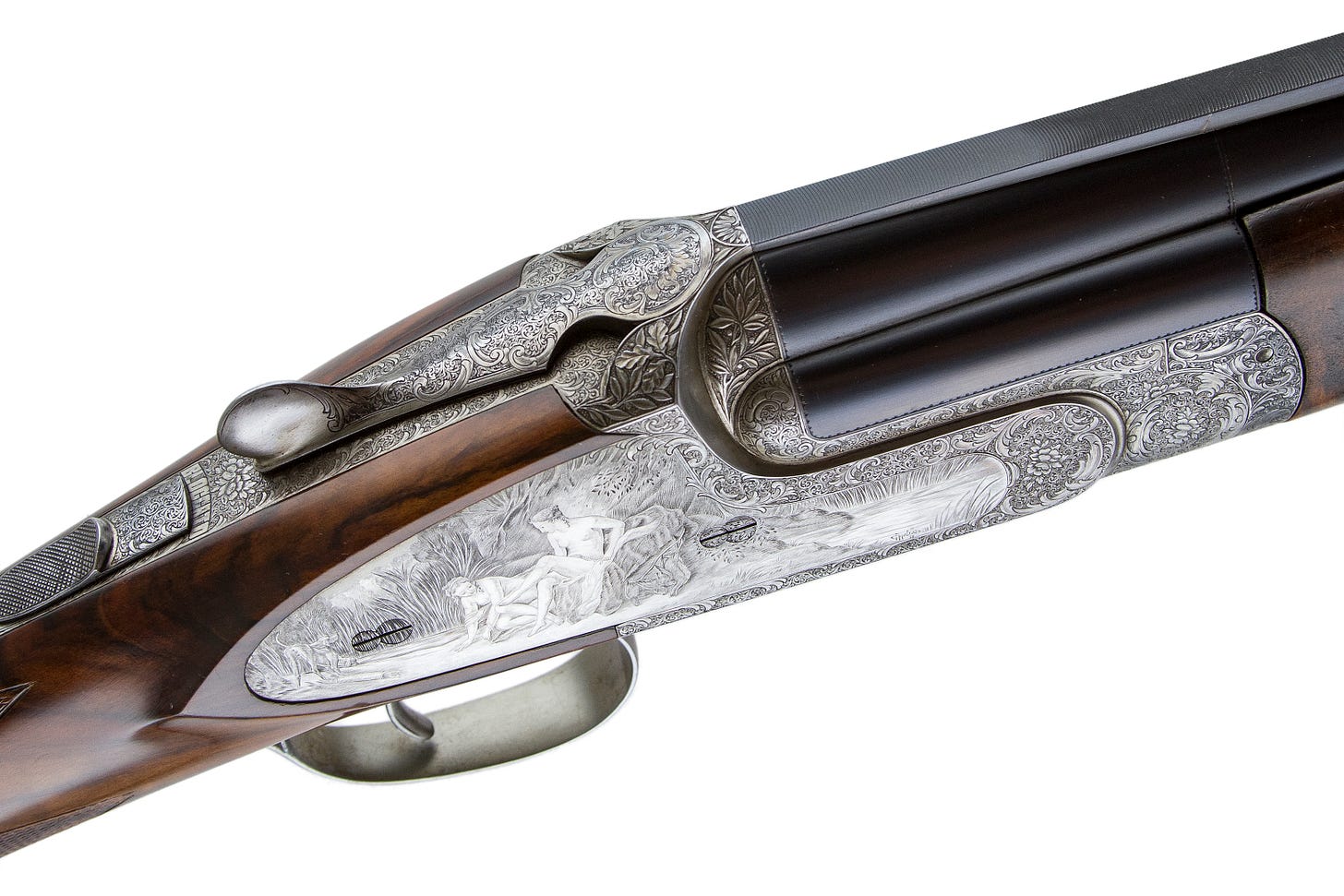
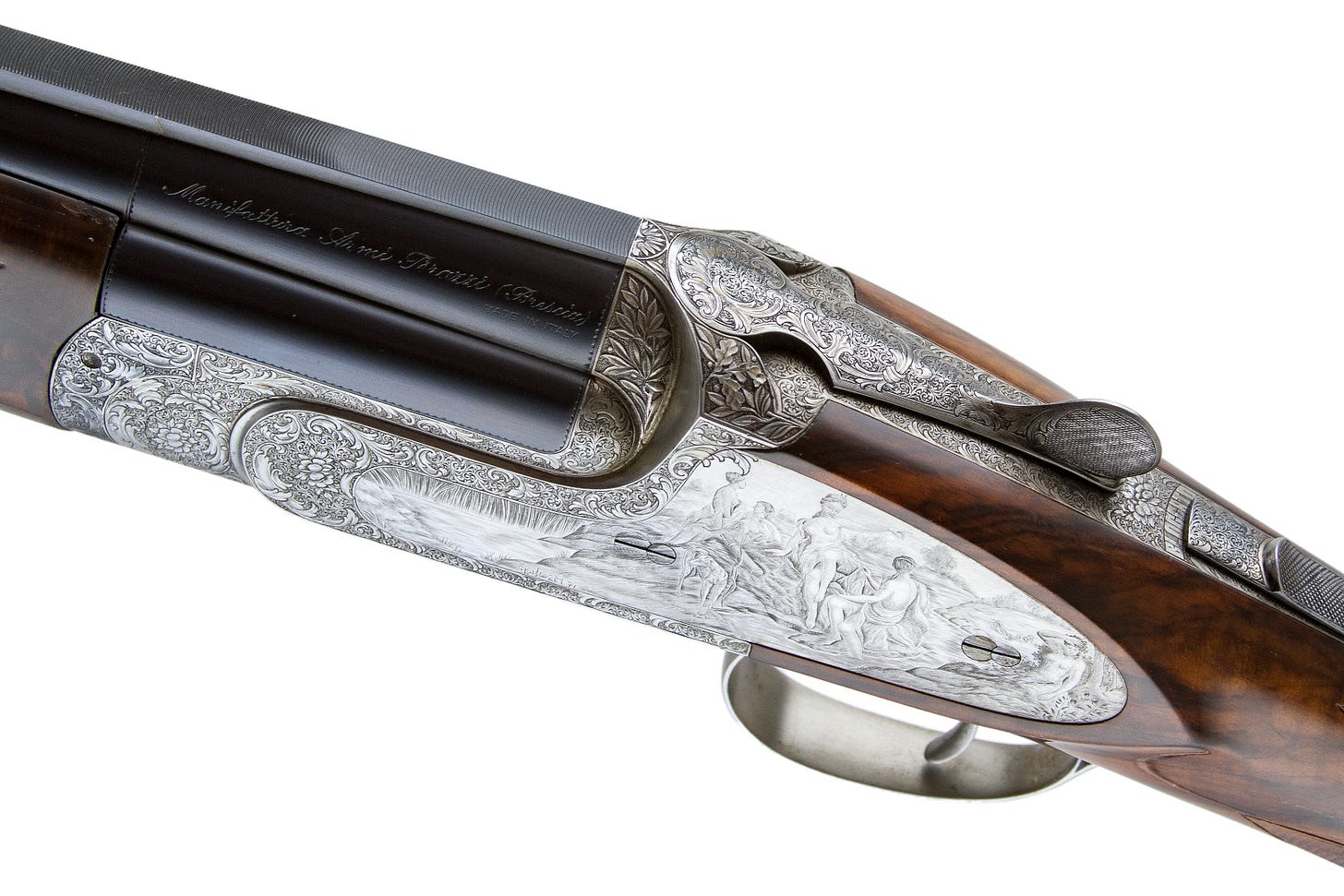
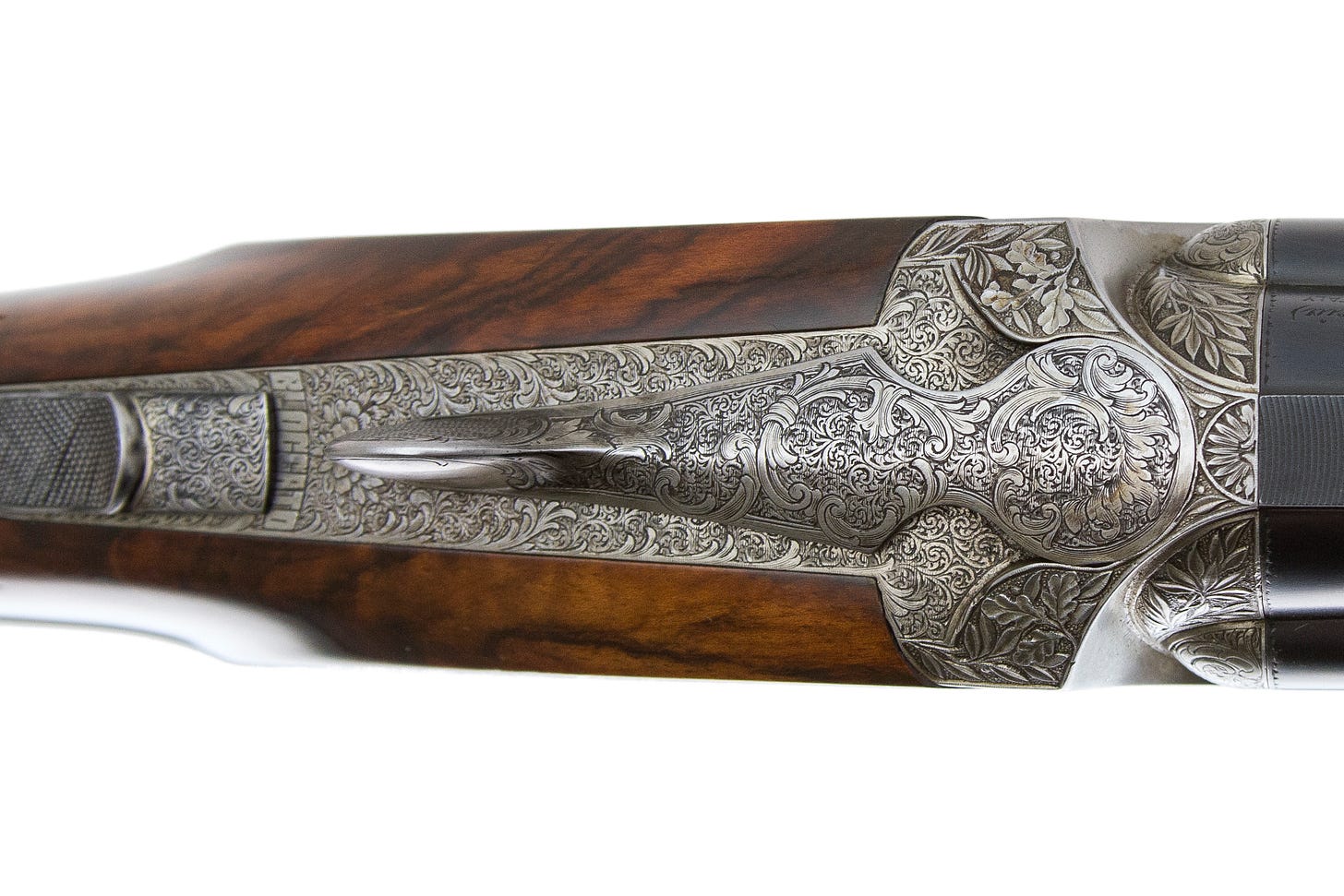
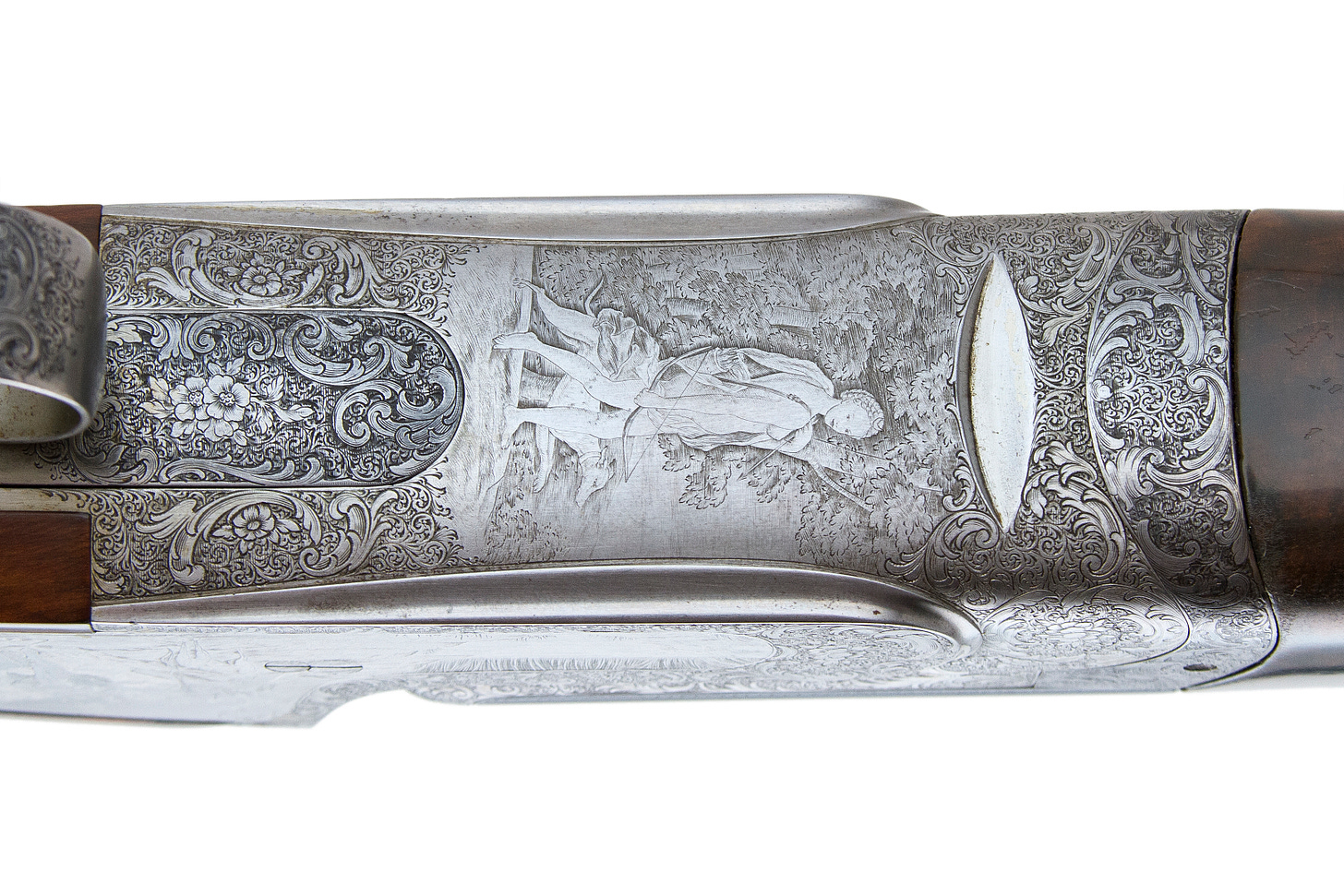
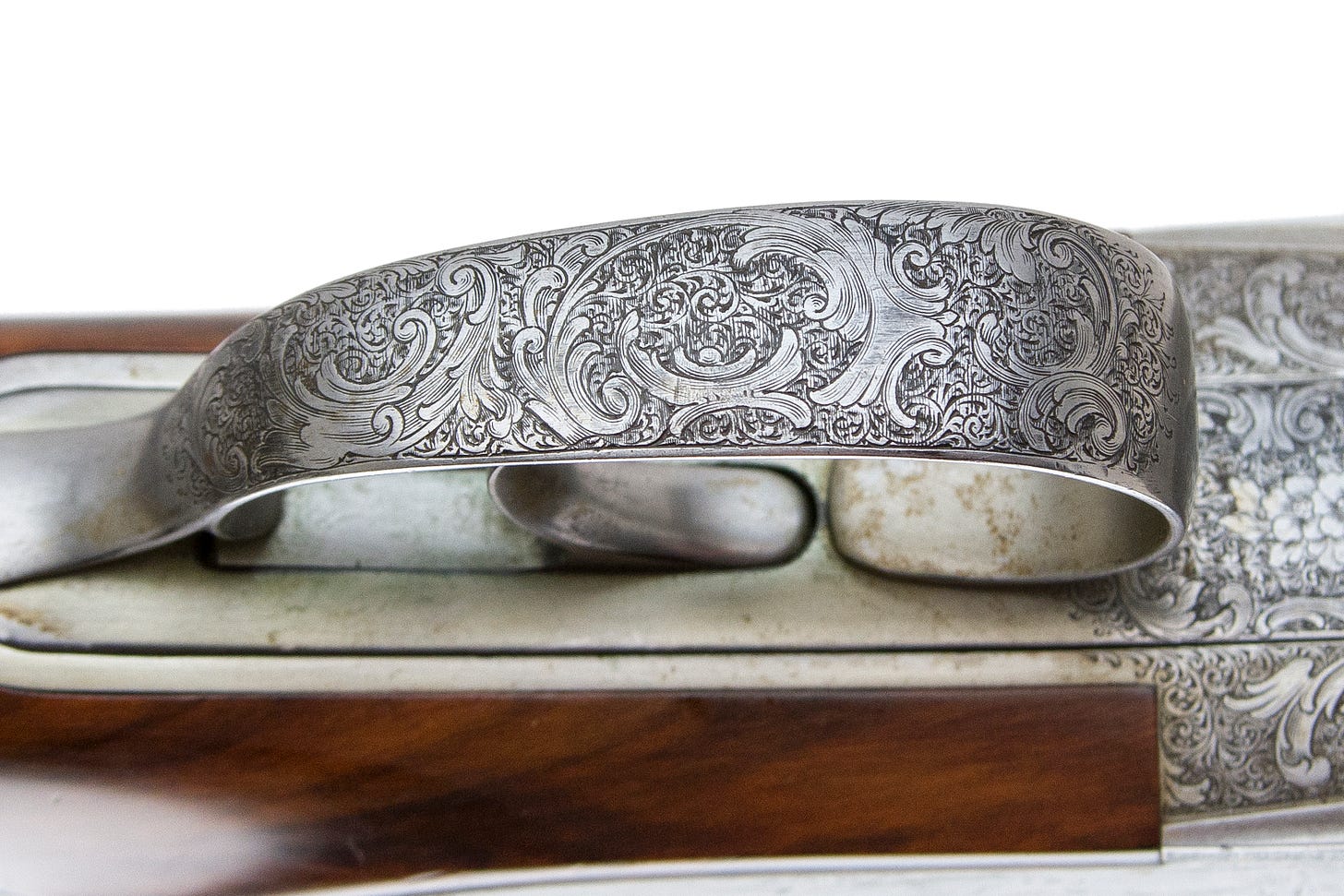
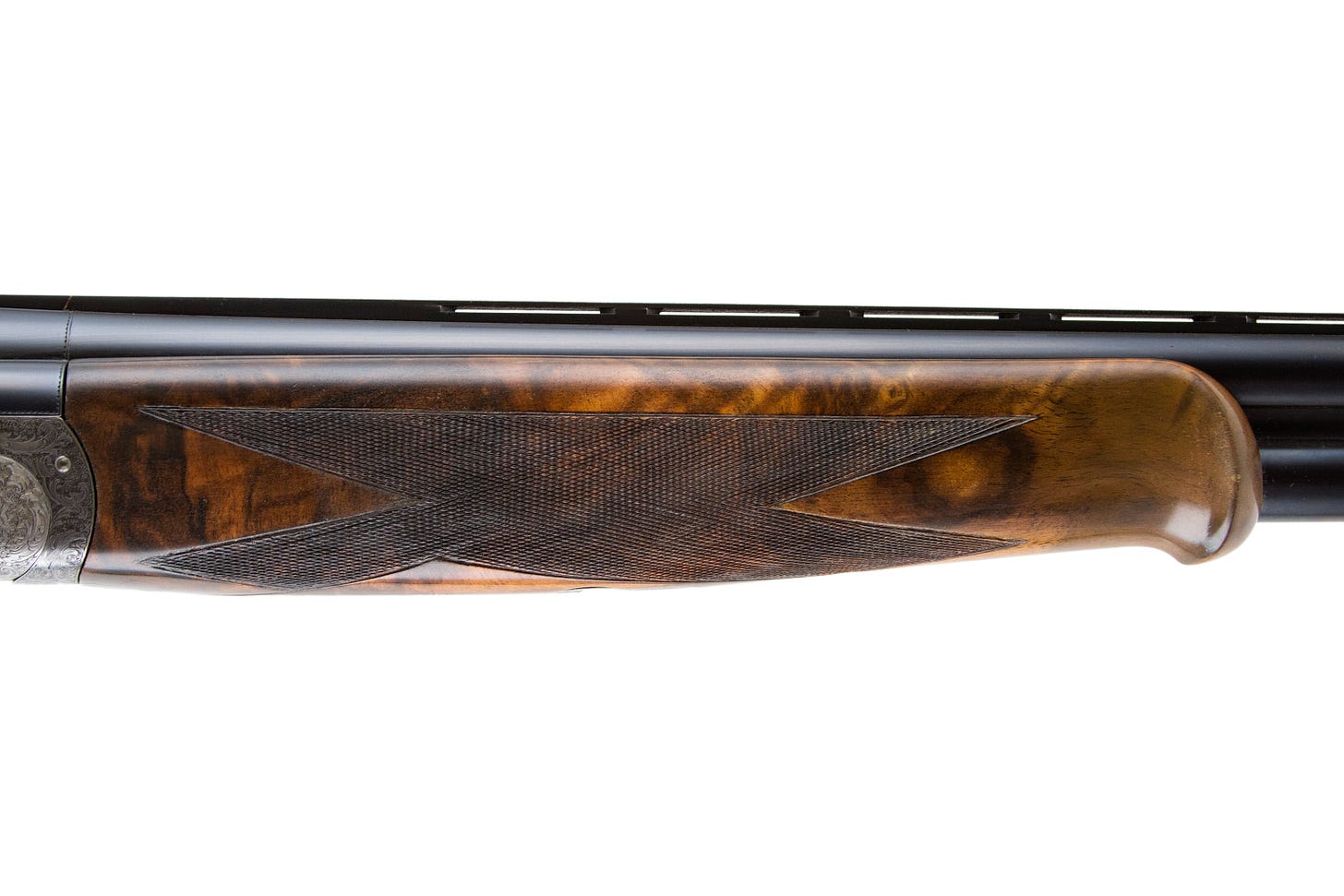
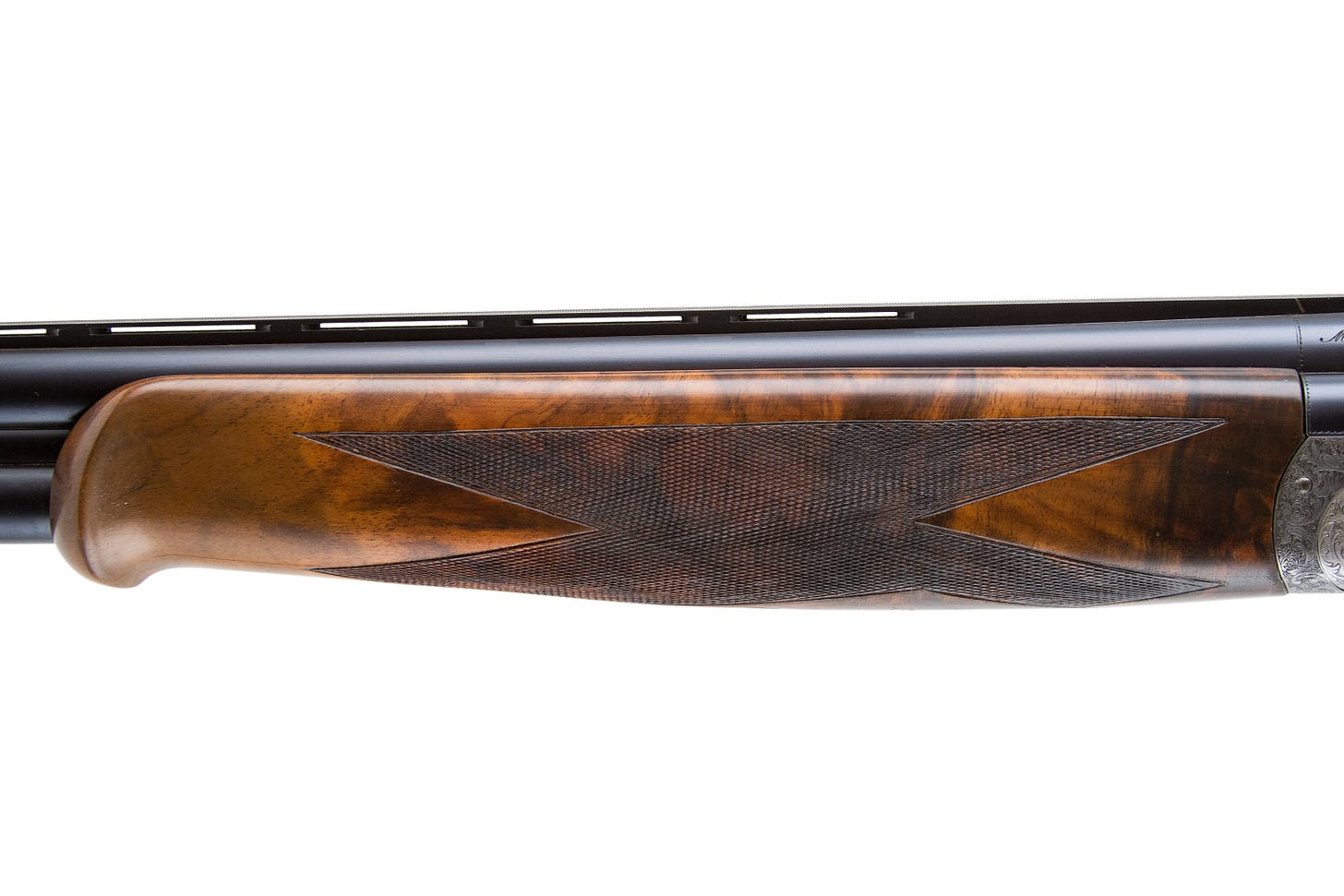
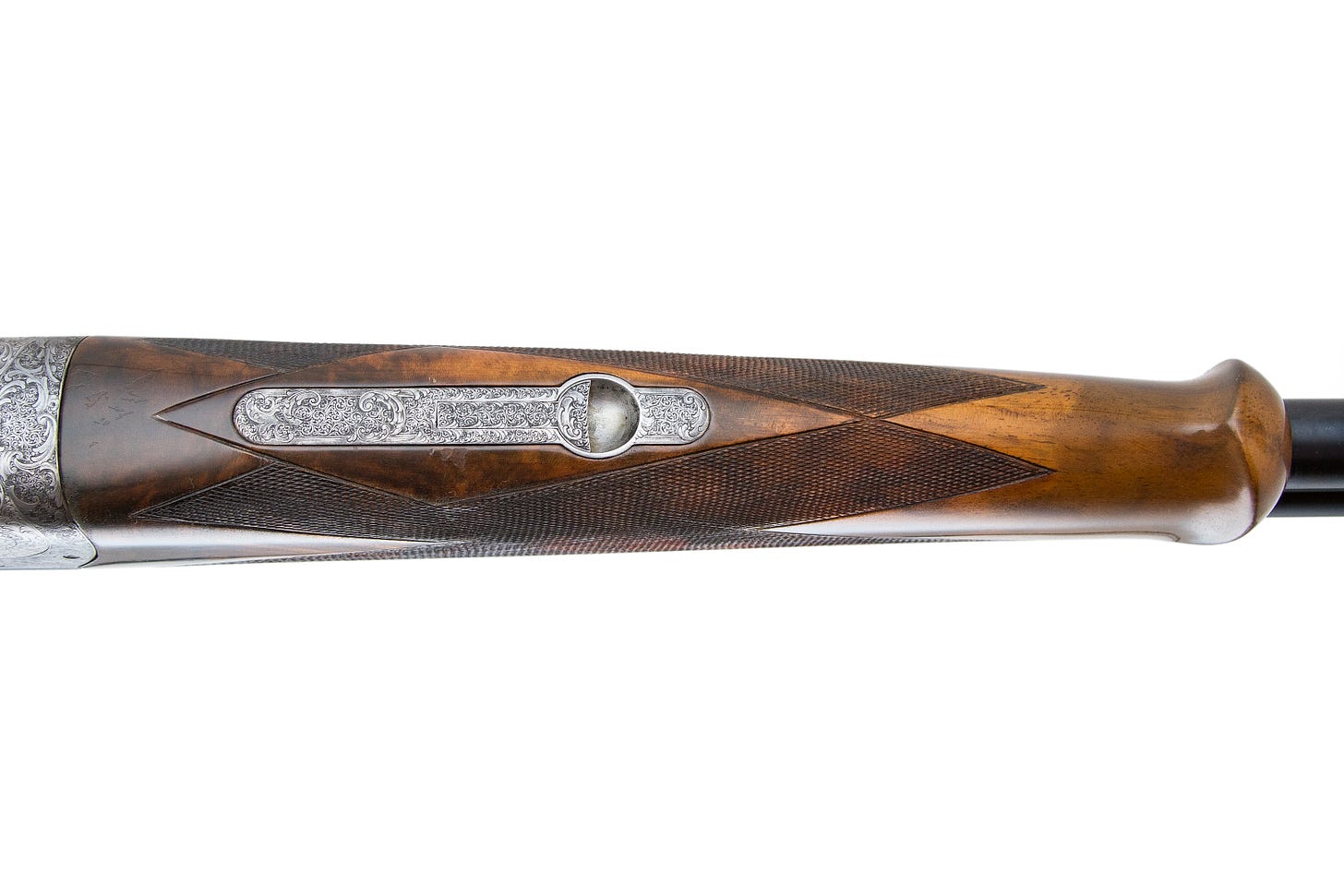

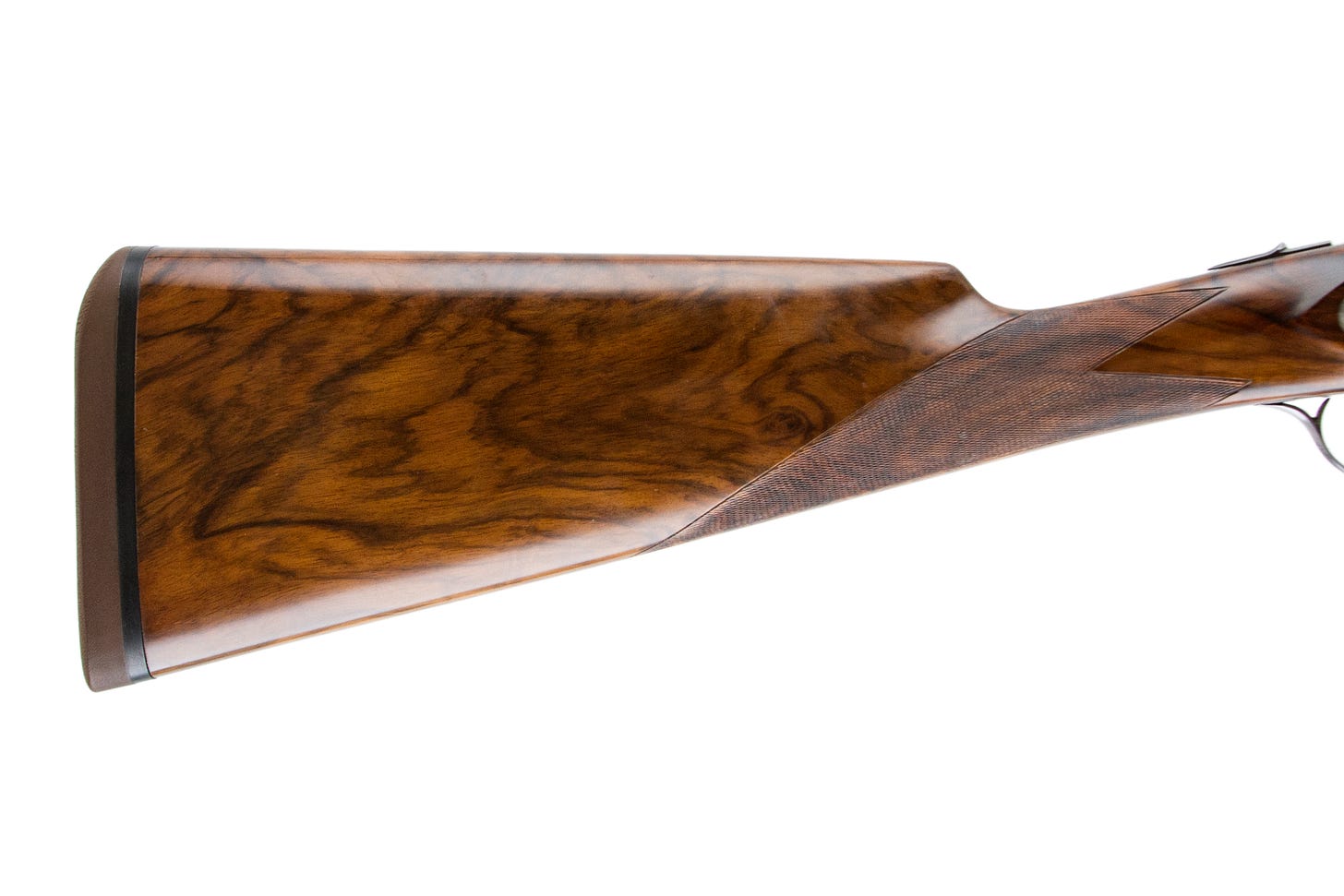









Share this post